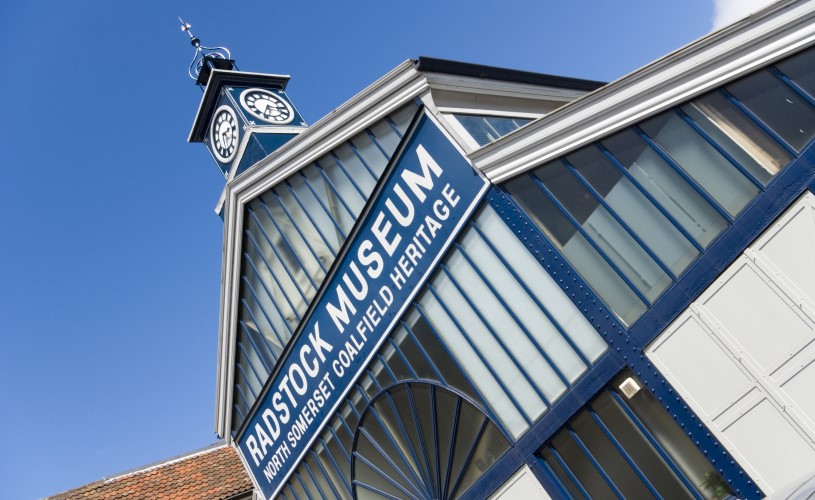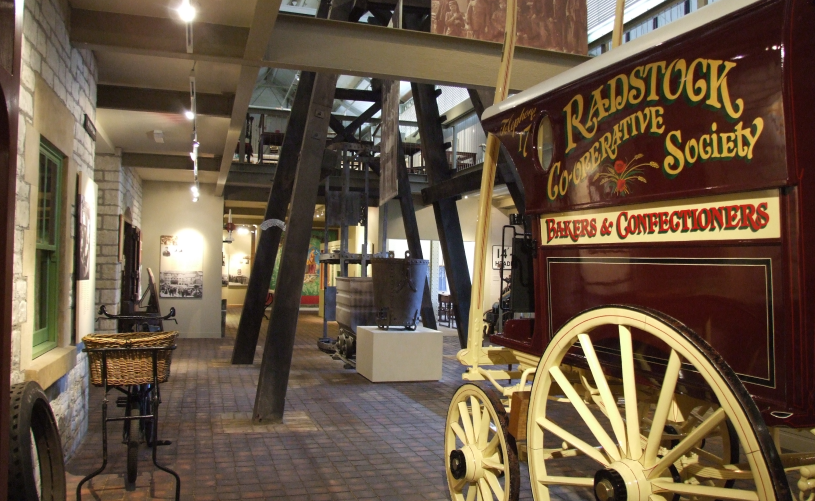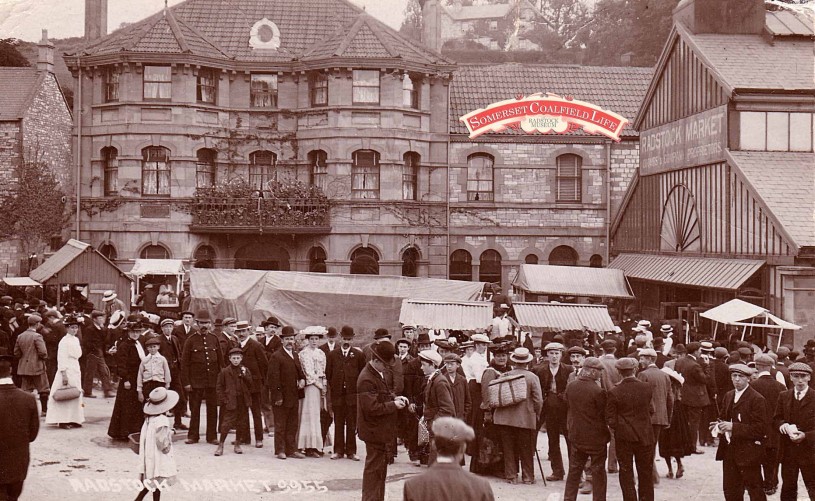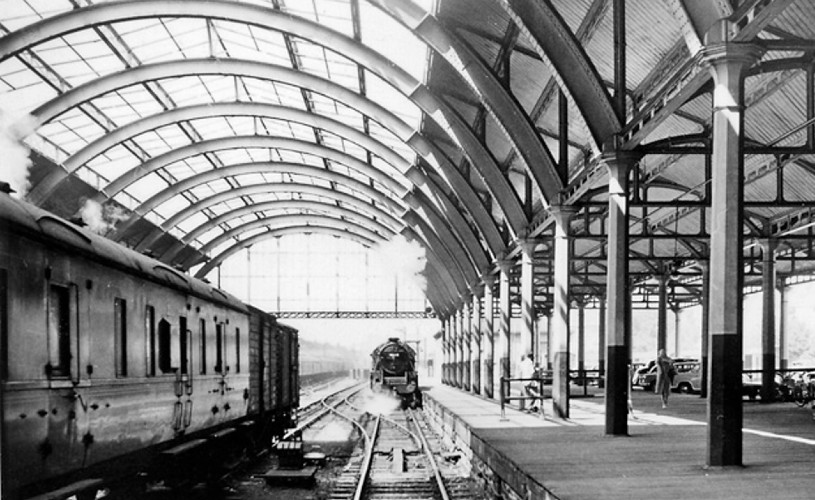If you have already checked out the creative and architectural genius of the Romans at the stunning Roman Baths and walked the splendour of the city’s magnificent Georgian terraces, circuses and crescents, then you will already know that Bath is a city full of surprises. However, if you now fancy doing something entirely different during your visit, read on...
From almost anywhere in the city, cast your eye towards the rolling hills to the south. Just over those hills and a few miles away lies yet another surprise, the beginning of what was the Somerset Coalfield. It is incredible to think that in past centuries, the Somerset Coalfield was home to dozens of working deep level mines, providing fuel to neighbouring Bath and other places.

Bath-Somerset’s last coal mine
The last deep mine in the Somerset Coalfield closed in 1973. However, if you want to find out what it was really like living and working in a local mining community, then a visit to the award-winning Somerset Coalfield Life at Radstock Museum is a must.
Radstock Museum is housed in the Grade II listed Victorian market hall, and includes reconstructions of a Victorian shop, a miner’s cottage as well as a school room. There are no more working deep mines in the UK, but at Radstock Museum you can still visit the reconstructed coalmine to see how dangerous it was for both men and boys as young as just five years old, working in Somerset’s famously narrow coal seams just to make a living. You'll also find a shop and tea room on site, as well as special events and exhibitions throughout the year. Visit the Museum’s website for details of opening times and latest updates.

At the heart of industrial Somerset
Radstock Museum is an important and vibrant venue that vividly reflects Somerset’s important industrial heritage. It is also very much a living space, gathering details of the lives of local people including the surviving mining community. The Museum has the support of its Patron, Michael Eavis, a former miner at the old Chilcompton pit but probably better known as the founder of the nearby Glastonbury Festival.
If you are fascinated by industrial heritage then Radstock and the surrounding area is the place to be. Radstock is easy to get to. If you have a car, then a short 15 minute hop down the A367 will get you to the town. You will easily spot the Museum as next to it stands the imposing Old Winding Wheel. Taxis are also available and if you fancy the adventure of a bus ride, then Bus Routes 172, 173 and 174 will take you straight there. Bus times can be checked here.

The ultimate bike ride
However, if you are planning to get to Radstock from Bath then one of the most exciting ways of doing is on a bike.
If you originally travelled to Bath by train then you would have arrived at Bath Spa Station - did you know that until the 1960s the city had two railway stations, the other being at Green Park (originally called Queen’s Square Station). Today, the city’s ‘second’ station is a fantastic hub of independent shops, cafes and restaurants.
Crucially, until closure Green Park was also the terminus for the old Somerset and Dorset line that ran through to the south coast after travelling through the old Somerset Coalfield area. More than half a century after helping to deliver coal to the city by rail, Green Park Station is still the start of that journey to and from the Somerset Coalfield, except that that journey these days starts and ends on a bike!

Image: Green Park Station
Hire a bike and start your amazing journey on two wheels into the heart of Somerset’s industrial heritage. Look at the Sustrans website to find the route that suits you best. You will be able to cycle through the old steam railway’s 'Two Tunnels' as well as explore Route 24 of the National Cycle Route, which from Radstock stretches in to Collier’s Way - you'll even get to cycle over an aqueduct!
A short cycle away from the Radstock Museum is the Somerset and Dorset Railway Heritage Trust that runs steam trains from their Victorian era station at Midsomer Norton. If you still have time left, then find out how it was originally planned to transport the coal by canal before the railways stepped in.
Image: The Two Tunnels Greenway
Experience something different
Lucy Tudor, a volunteer at the museum, says, "Part of the reason that I work as a volunteer at the Somerset Coalfield Life at Radstock Museum is because of the genuine buzz that I get from seeing the excited reaction of those who are visiting the Museum for the first time. The place has been described to me on many occasions as being a ‘hidden gem’ and for anyone who has any interest in industrial heritage it is not only essential viewing but is at the heart of so much else to see and experience in the immediate surrounding area."
So, for something completely different to experience in between the Roman Baths and the Royal Crescent, come and make a day of it at the Radstock Museum.
Read more
Related
Comments
Comments are disabled for this post.






